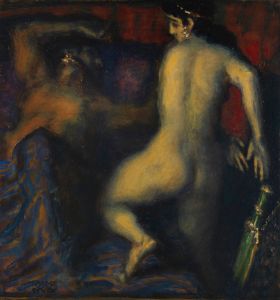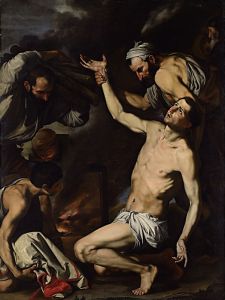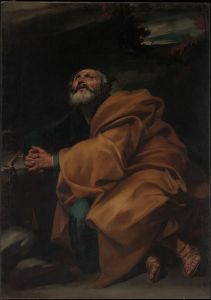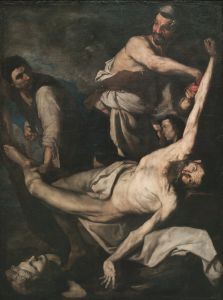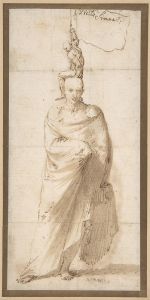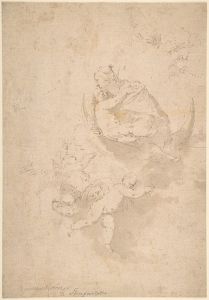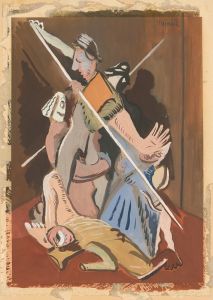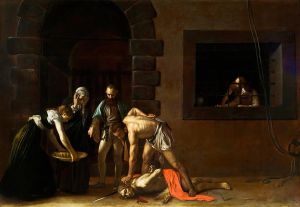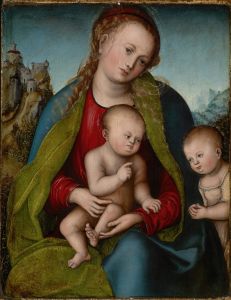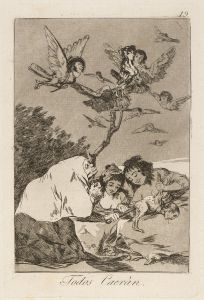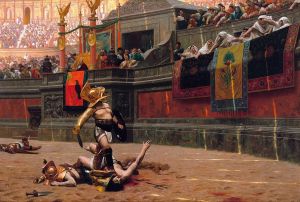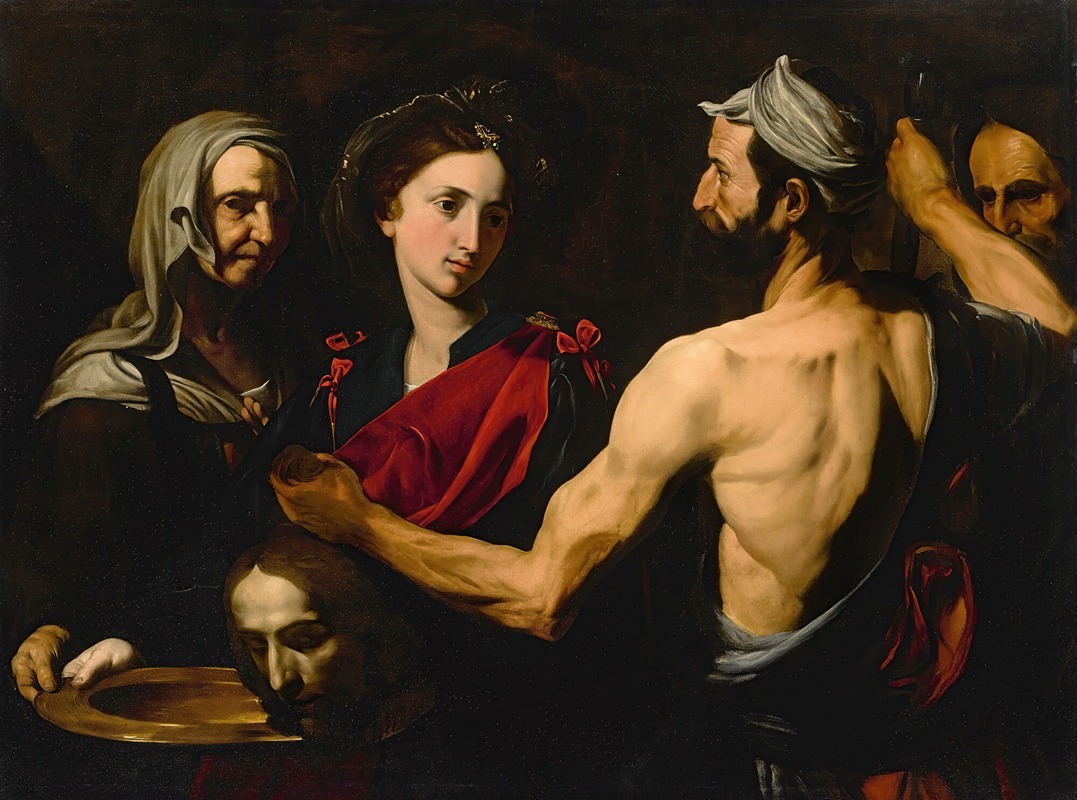
Salomé With The Head Of Saint John The Baptist
A hand-painted replica of Jusepe de Ribera’s masterpiece Salomé With The Head Of Saint John The Baptist, meticulously crafted by professional artists to capture the true essence of the original. Each piece is created with museum-quality canvas and rare mineral pigments, carefully painted by experienced artists with delicate brushstrokes and rich, layered colors to perfectly recreate the texture of the original artwork. Unlike machine-printed reproductions, this hand-painted version brings the painting to life, infused with the artist’s emotions and skill in every stroke. Whether for personal collection or home decoration, it instantly elevates the artistic atmosphere of any space.
"Salomé With The Head Of Saint John The Baptist" is a painting by the Spanish artist Jusepe de Ribera, also known as José de Ribera, who was an influential figure in the Baroque movement. Ribera was born in 1591 in Játiva, Spain, and spent much of his career in Italy, particularly in Naples, which was then part of the Spanish Empire. He is renowned for his dramatic use of chiaroscuro and his realistic portrayal of human figures, often focusing on religious and mythological subjects.
The painting "Salomé With The Head Of Saint John The Baptist" depicts the biblical story of Salomé, the daughter of Herodias, who, according to the New Testament, requested the head of John the Baptist as a reward for her dance before King Herod. This narrative has been a popular subject in art due to its dramatic and emotional intensity.
Ribera's interpretation of this scene is notable for its stark realism and emotional depth. The painting typically features Salomé holding a platter with the severed head of Saint John the Baptist. Ribera's use of light and shadow enhances the dramatic tension of the scene, highlighting the expressions of the figures and the gruesome nature of the subject matter. The artist's skillful rendering of textures, such as the sheen of Salomé's garments and the lifelike appearance of the severed head, demonstrates his mastery of the Baroque style.
Ribera's work is characterized by its intense naturalism and often somber tone, reflecting the influence of Caravaggio, whose work he encountered during his time in Italy. Like Caravaggio, Ribera employed a realistic approach to human anatomy and emotion, which is evident in the detailed depiction of Salomé and the head of John the Baptist. The painting's composition and use of light draw the viewer's attention to the central figures, creating a powerful visual impact.
The painting is housed in various collections, with different versions attributed to Ribera. One notable version is part of the collection at the Prado Museum in Madrid, Spain. The Prado Museum is home to an extensive collection of Ribera's works, showcasing his contribution to the Spanish and Italian Baroque movements.
Ribera's "Salomé With The Head Of Saint John The Baptist" is an exemplary piece of Baroque art, reflecting the era's fascination with dramatic narratives and emotional intensity. The painting not only illustrates a biblical story but also serves as a testament to Ribera's artistic prowess and his ability to convey complex human emotions through his work. His influence extends beyond his lifetime, as his works continue to be studied and admired for their technical skill and emotional depth.





